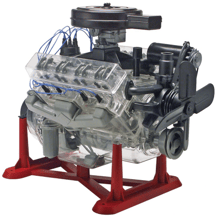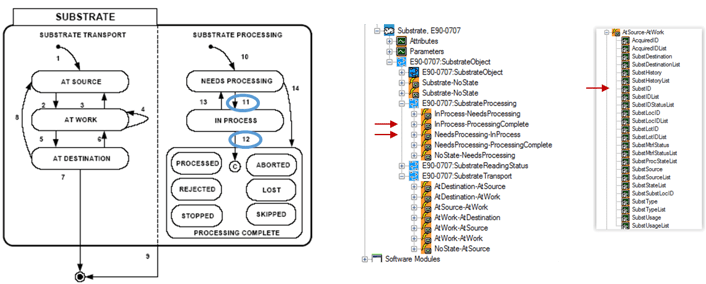As a child I was an avid model builder—airplane models, trains, engines, cars, ships, even monsters (anyone remember “The Visible V8” and “The Creature”?)—anything I could get my hands on. At the time I didn’t reflect on the source of this fascination, but with the benefit of hindsight, it is clear that these models provided an interactive, tangible way to visualize, explore, understand, and enjoy the topics that were interesting to me. It was a way to enrich an otherwise intellectual activity.


In fact, when Hurricane Carla ravaged the Texas coast and cut our electricity for 3 days, one of our luckier neighbors snaked an extension cord over the fence, which provided just enough power to run the refrigerator, a small black-and-white TV, and… you guessed it… my electric train.

More than four decades later, I still enjoy working with models, but in the high-tech manufacturing domain, they often operate in the reverse direction, providing a logical way to interact with and understand physical entities, like materials, fixtures, processes, devices, components, equipment, and entire systems. And as important as various model types have been throughout the relatively brief history of the semiconductor industry, they are increasingly an integral part of the “Smart Manufacturing” initiative that is sweeping a wide range of industries worldwide.
The focus of my next few blog posts will be the specific models that are inherent in the communications interface definitions for manufacturing equipment, subsystems, and other devices that are expected to cooperate over the [Industrial] Internet of Things. Our first post in this domain almost a year ago introduced the notion that the metadata models called for in the latest generation of SEMI Equipment Data Acquisition (EDA) standards were already directly aligned with the Industry 4.0/Smart Manufacturing vision. This series goes into much more detail, showing how specific sections of the equipment models in the GEM and EDA standards directly support many of the factory monitoring, analysis and control applications that are essential for running a Smart Manufacturing enterprise (see Substrate Management example below). 
Moreover, to the extent that the structure and content of these models can truly be standardized, their associated applications can be process- and supplier-independent, greatly reducing the development and support costs for the factory IT departments while providing useful capabilities for the production engineering and operations stakeholders.
To get a feel for the overall direction of this series, download the presentation "The Role of Models in Semiconductor Smart Manufacturing", along with the transcript, from the APC Conference held last October in Phoenix. Then watch for subsequent postings that address specific applications, from productivity (OEE) monitoring, material tracking, product traceability, process execution monitoring, and beyond.
We look forward to your feedback and to sharing the Smart Manufacturing journey with you.




